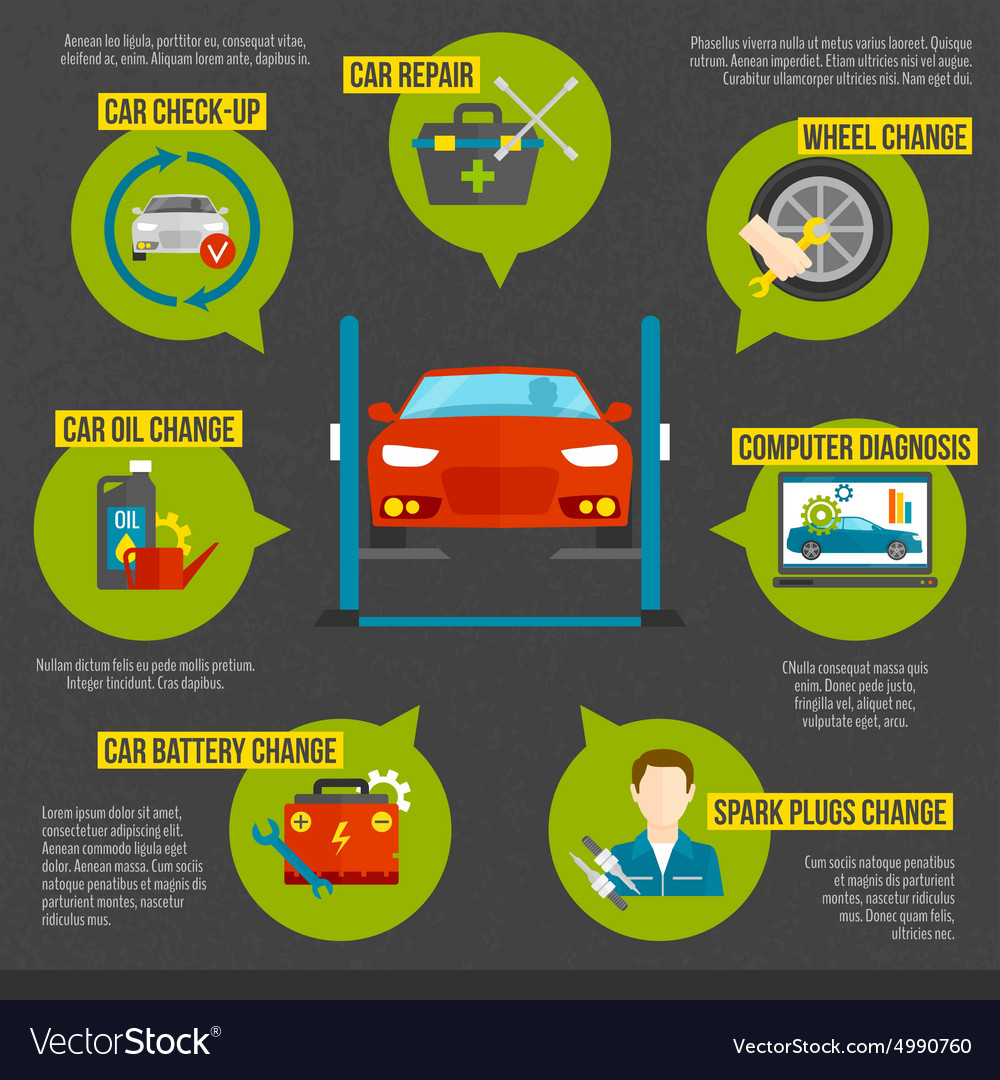Looking For Clarity On The Caution Lights Displayed On Your Cars And Truck'S Control Panel? Discover Exactly How They Associate With Your Automobile'S Health And Wellness
Looking For Clarity On The Caution Lights Displayed On Your Cars And Truck'S Control Panel? Discover Exactly How They Associate With Your Automobile'S Health And Wellness
Blog Article
Article By-Termansen Gilbert
When you're behind the wheel, those beautiful caution lights on your dashboard can be a little bit perplexing. Do you recognize what they're trying to tell you about your cars and truck's health? Recognizing the significance of these lights is crucial for your security and the longevity of your vehicle. So, the next time one of those lights appears, wouldn't you wish to understand its message accurately and take the needed actions to resolve it?
Common Caution Lights and Interpretations
Identify usual warning lights in your vehicle and recognize their definitions to guarantee risk-free driving.
The most common warning lights include the check engine light, which signifies problems with the engine or emissions system. If this light comes on, it's critical to have your lorry examined promptly.
The oil stress alerting light indicates reduced oil pressure, requiring immediate interest to stop engine damages.
A flashing battery light could recommend a faulty billing system, possibly leaving you stranded otherwise resolved.
The tire pressure surveillance system (TPMS) light informs you to low tire pressure, affecting vehicle stability and fuel performance. Overlooking this can result in dangerous driving conditions.
The abdominal muscle light shows a trouble with the anti-lock stopping system, compromising your capability to quit promptly in emergencies.
Lastly, the coolant temperature level warning light warns of engine getting too hot, which can result in extreme damages otherwise resolved swiftly.
Understanding these common caution lights will certainly help you deal with issues promptly and preserve risk-free driving conditions.
Significance of Prompt Attention
Recognizing the typical warning lights in your cars and truck is just the primary step; the importance of without delay resolving these warnings can't be highlighted enough to ensure your security on the road.
When https://edgarphyph.blogoscience.com/37359231/fundamental-tools-called-for-in-every-automotive-repair-workshop brightens on your dashboard, it's your vehicle's means of connecting a prospective concern that needs focus. Disregarding these warnings can bring about a lot more severe troubles in the future, endangering your security and possibly costing you extra in repairs.
Prompt focus to advising lights can avoid failures and crashes. For example, a flashing check engine light can indicate a misfire that, if left unattended, can create damage to the catalytic converter. Resolving https://www.pymnts.com/buy-now-pay-later/2022/bnpl-reduces-stress-paying-auto-repair/ can conserve you from a costly repair service.
Similarly, a brake system cautioning light may indicate reduced brake fluid or worn brake pads, essential parts for your safety and security when driving.
DIY Troubleshooting Tips
If you observe a warning light on your dashboard, there are a couple of DIY troubleshooting pointers you can try prior to seeking professional help.
The initial step is to consult your auto's guidebook to recognize what the details warning light suggests. Occasionally the concern can be as straightforward as a loose gas cap causing the check engine light. Tightening up the gas cap may settle the issue.
Another usual issue is a reduced battery, which can set off various advising lights. Checking the battery connections for rust and ensuring they're secure may repair the issue.
If a caution light continues, you can try resetting it by disconnecting the car's battery for a few mins and then reconnecting it. Additionally, inspecting your car's liquid degrees, such as oil, coolant, and brake fluid, can aid troubleshoot cautioning lights connected to these systems.
Conclusion
Finally, recognizing your cars and truck's caution lights is crucial for keeping your automobile running efficiently and securely. By without delay addressing these alerts and understanding what they mean, you can prevent costly fixings and prospective break downs.
Keep in mind to consult your car's guidebook for certain details on each alerting light and act accordingly to make certain a trouble-free driving experience.
Remain notified, remain risk-free when traveling!
